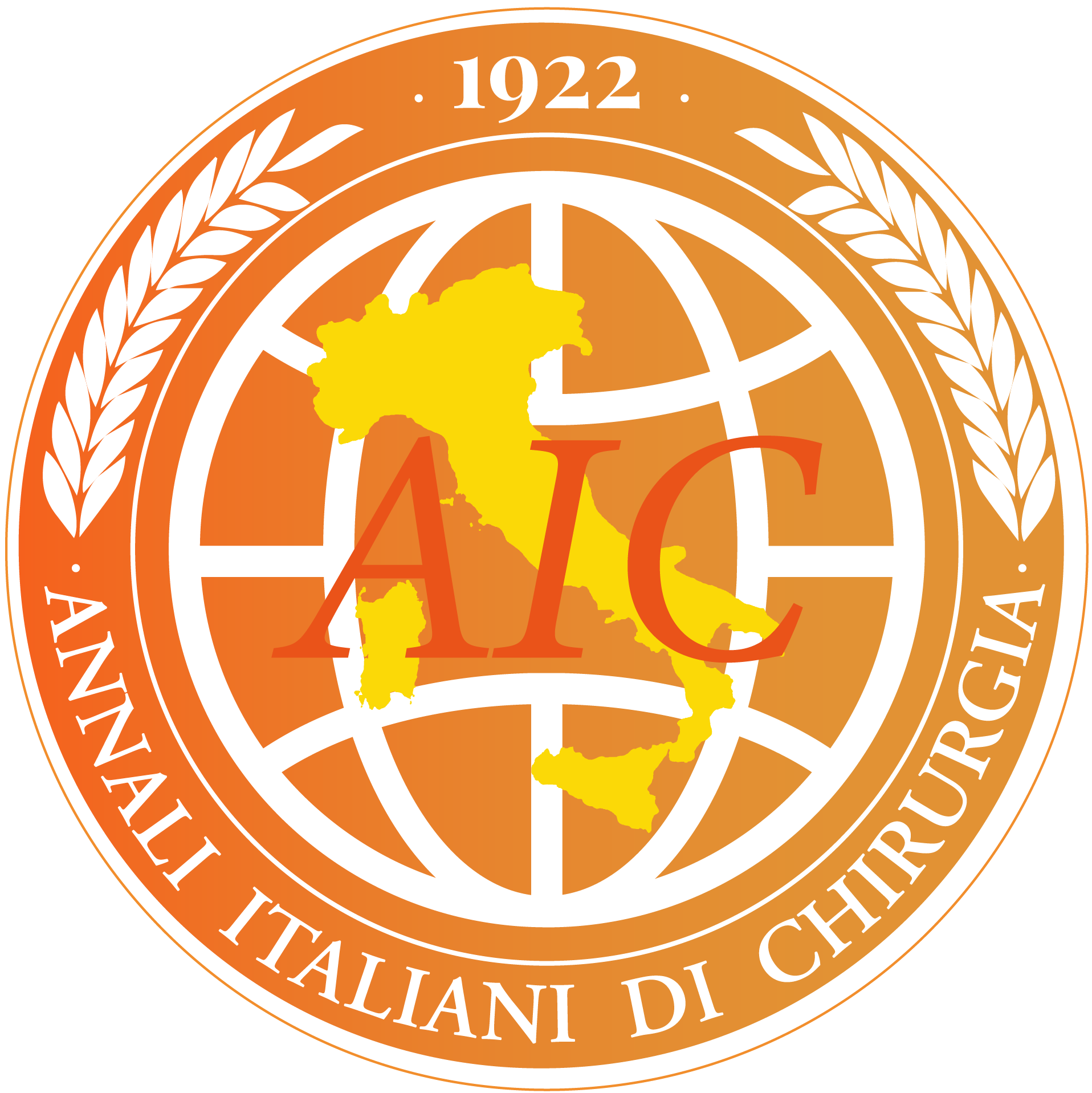1 May 2003
ReviewVATS VERSUS STANDARD THORACIC SURGERY
F. SOLLITTO 1A. PALMA 1C. LOPEZ 1M. LOIZZI 1
Affiliations
Article Info
1 Università degli Studi di Bari; Università degli Studi di Foggia
Ann. Ital. Chir., 2003, 74(3), 102287;
Published: 1 May 2003
Copyright © 2003 Annali Italiani di Chirurgia
This work is licensed under a Creative Commons Attribution 4.0 International License.
Abstract
Advances in technology, with the availability of optics and minitelevision cameras and improved endoscopic instru mentation (especially endo-stapler devices), have allowed the surgeon to obtain a superior panoramic view of the thora cic cavity and an optimal surgical manouvrability. This has determined the development, besides the traditional thora cotomic approach, of minimally invasive techniques of video-assisted thoracic surgery (VATS). An auxiliary mini-thoracotomic approach and the magnification of the operatingtheatre, which allows the surgeon to accomplish difficult manoeuvres under direat view, have progressively extended the indications of this procedure: at first used for the treatment of pneumotharax and plcural effusions, it is now employed in biopsy or atypical resection of pulmonary nodules, lung cancer staging and diagnostictherapeutical pro cedures of mediastinal diseases, major pulmonary resections (lobectomy and pneumonectomy) and lung volume reduc tion surgery for emphysema (LVRS). The Authars review minimally invasive techniques of video-assisted tharacic sur gery (VATS), compared to the traditional surgical ones, for the treatment of various thoracic diseases.
Keywords
- auxiliary mini-thoracotomy
- Minimally invasive surgical techniques
- standard tharacotomy
- video assisted thoracic surgery (VATS)
article-detail-mobile

